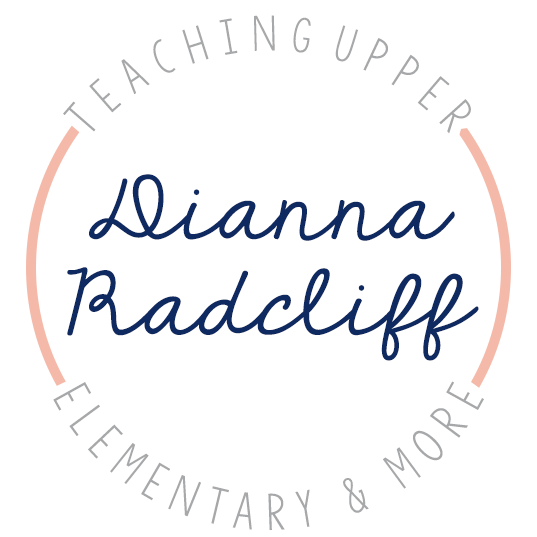
The chapter started out with this quote…. “Students must have initiative; they should not be mere imitators. They must learn to think & act for themselves – & be free.” – Cesar Chavez
Umm YES!!! I connected immediately, being a single mom during deployment with a 3 year old little girl & no family near to help. I had to give my daughter so many more opportunities to be responsible & independent even at her age since her father is deployed. Little things like putting her dishes in the sink, getting her own drinks & snacks, using the remote control, picking out her clothes, etc… Things we always did for her. Through these various opportunities she discovered more about her personality than ever before. It’s sad to say, but her father has missed so many eye opening moments as a parent because my daughter had to take on more responsibility. On the other hand I learned how much toddlers & young children can do way more than we would expect or give them credit for.
With all that being said, as a teacher it makes life a lot easier when your students become responsible for the classroom, themselves & their learning.
As a Literacy Coach, I’m the cheerleader, support & example for my teachers to take responsibility for becoming continuous learners & for them to change as they grow as educators.
Responsibility in life, is about making the best choices we can with what we have & what we know. Taking failures as a chance to grow & succeed. Finally, responsibility is also how we grow in many ways.
This chapter had so many key points:
- Put students in charge. This is more than classroom jobs, this is responsibilities that run a classroom on a day to day basis.
- Get creative with classroom jobs. Have a morning greeter, attendance taker, mail distributor, absent-minded professors, magnet mover, lunch bin transporter, laptop cart monitor, pencil sharpener dumper, afternoon reminder-er, re-capper, elevator, announcer & more. Give responsibilities to students that allow you more time for teaching!
- There is also collaborative responsibility. Roles for collaborative groups are assigned.
- Collaborative means all students are expected to notice & complete certain task.
- Displaying a schedule takes the anxiety out of the day for so many students.
- Silent Day! Never heard of it & I LOVE it! The teacher cannot say a word all day, the students have to run the room! WOW, that’s responsibility! But, it shouldn’t be a problem if they are already taking care of how the room runs. Plus, how much more comfortable would you feel when you have a sub?!?!
- Ensuring everyone gets a chance to lead! Yup, everyone! We are teaching life lessons here, so we need to give everyone opportunities. Students will always surprise you!
- Rituals are activities that follow a similar pattern from day to day & week to week but are motivational in nature & are eagerly anticipated by the students.
- Routines follow a similar day to day pattern but lack motivational element.
- Using rituals to encourage responsibility.
- A structured environment allows students to anticipate & respond to the classroom’s needs.
- Knowing what’s expected or needed often motivates students to take charge.
- Literature circles allow students to take & have responsibility.

The chapter started out with this quote…. “The only source of knowledge is experience.” – Albert Einstein.
I think everyone reading this can agree & is nodding their heads. Even as an adult, I have to experience something for it to fully register. Being a former college athlete, I had to physically & mentally participate daily for me to gain full comprehension of what I was doing. So… why do we continue to run control of the entire day in our classroom, or to be the only ones talking. Why don’t we let students engage, yes this involves their mouths which most teachers can’t stand, but as well as their brain. Which then leads to decision making, attempts of exploration, problem solving, collaborating, discussing, arguing & a lot more!!!!!
It’s time for teachers to step back and create experiences for students rather than lecture them & hand out worksheets. When you actually do it, you’ll be surprised at the role students take in the classroom & in their own learning.
The chapter had so many key points:
- Stimulate thinking with simulations. This is the number one way to give students experiences.
- Don’t just teach lessons, create experiences! Allow students to take on personas.
- When studying experiences, have simulations of conversations between fictional characters.
- Use Reader’s Theaters.
- Use the green screen to film collaboratively in character.
- Use Google Docs to collaboratively write.
- Use creative reflection activities with technology tools.
- Develop deeper understanding with debates.
- Although debates are competitive, students are constantly collaborating withing their group.
- Fairs! Fairs! Fairs! Science, Math, Reading, all FAIRS!!!
- Fairs allow opportunities for students to wonder, explore, experiment, and report their findings.
- PBL ~ Project Based Learning! Who’s done it? My school dabbled a little this year with it, I have to say students loved it!!!
- Using technology, not for novelty purposes, but to turn passive learning into active learning. Turn something boring into something amazing.






